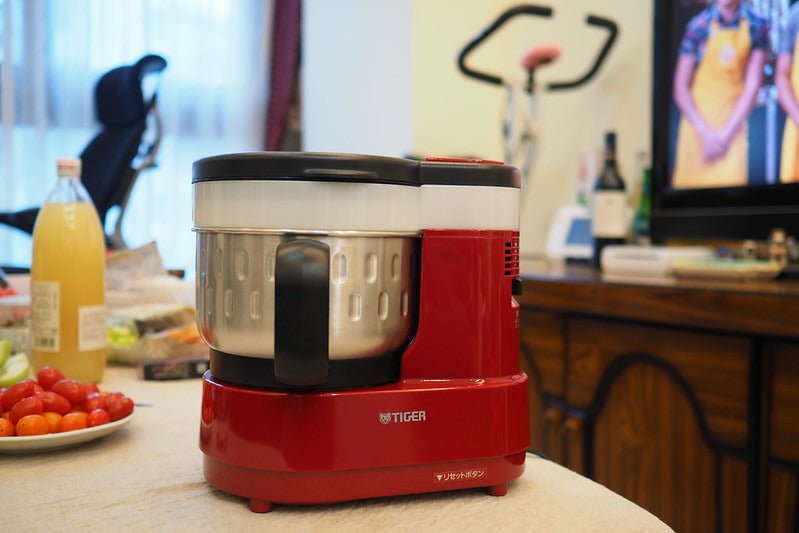Your Cart is Empty
FREE Worldwide Shipping! | +1 365 654 6605
FREE Worldwide Shipping! | +1 365 654 6605
November 22, 2023 5 min read

Are you a proud owner of a food processor? If so, you already know what a versatile and time-saving tool it is in the kitchen. From chopping and slicing to shredding and pureeing, a food processor simplifies many culinary tasks. However, like any other appliance, proper care and maintenance are essential to ensure its longevity and optimal performance. In this comprehensive guide, we will provide you with valuable tips on how to maintain and care for your food processor, so it continues to serve you for years to come. Before delving into the maintenance and care tips, let's begin with a brief introduction to food processors. A food processor is a versatile kitchen appliance that simplifies various food preparation tasks. It typically consists of a motorized base with control buttons, a removable bowl, and various attachments or blades for different functions such as chopping, slicing, shredding, and pureeing. Food processors come in different sizes and capacities to cater to a wide range of cooking needs. Proper maintenance is crucial for maximizing the lifespan and efficiency of your food processor. Regular care ensures that all components function smoothly, reduces the risk of damage or malfunction, and prevents the buildup of food residue that can affect the quality of your culinary creations. By following these maintenance tips, you can keep your food processor in excellent condition and enjoy its benefits for years to come. Using your food processor correctly is the first step in maintaining its longevity. It is important to handle the appliance with care and follow these guidelines: The blades are the heart of your food processor, responsible for the precise cutting and blending of ingredients. Keeping the blades sharp and clean is essential for efficient performance. Follow these tips for maintaining and sharpening your food processor blades: Cleaning your food processor after every use is essential to prevent the buildup of food residue and maintain hygiene. Follow these steps for effective cleaning: The seals in your food processor play a crucial role in preventing liquid leakage and protecting the motor. Regularly inspect the seals for wear and tear, and replace them if necessary. Here's how to check and replace the seals: While food processors are generally reliable, you may encounter some common issues. Here are a few troubleshooting tips for addressing these problems: In addition to regular cleaning, it is important to perform a deep clean of your food processor on a monthly basis. This ensures the removal of stubborn stains, odors, and any accumulated residue. Follow these steps for a thorough deep cleaning: To ensure the safe and efficient operation of your food processor, follow these best practices: With proper care and maintenance, a food processor can last for approximately 8-10 years. However, neglecting maintenance tasks and using the appliance improperly can shorten its lifespan. By following the tips outlined in this guide, you can maximize the longevity of your food processor. If your food processor develops unpleasant odors, it is important to address them promptly. Here are a few tips to eliminate odors: By following these maintenance and care tips, you can ensure that your food processor remains in top condition, delivering reliable performance and helping you create culinary masterpieces with ease. Remember to use your food processor correctly, clean it regularly, inspect and replace seals, troubleshoot common issues, and practice safe and efficient usage. With proper maintenance, your food processor will continue to be a valuable kitchen companion for years to come. Maintaining and caring for your food processor is not only essential for its longevity but also for your culinary success. Take the time to implement these tips, and enjoy the convenience and efficiency that a well-maintained food processor brings to your kitchen.1. Introduction to Food Processors
2. Importance of Proper Maintenance
3. Using Your Food Processor Correctly
4. Maintaining and Sharpening the Blades
5. Cleaning Your Food Processor
6. Checking and Replacing Seals
7. Troubleshooting Common Issues
8. Deep Cleaning Your Food Processor
9. Best Practices for Safe and Efficient Use
10. Lifespan of a Food Processor
11. Dealing with Odors
12. Conclusion
References
Be the first to know about upcoming sales and promos. Get a 10% discount coupon when you subscribe!